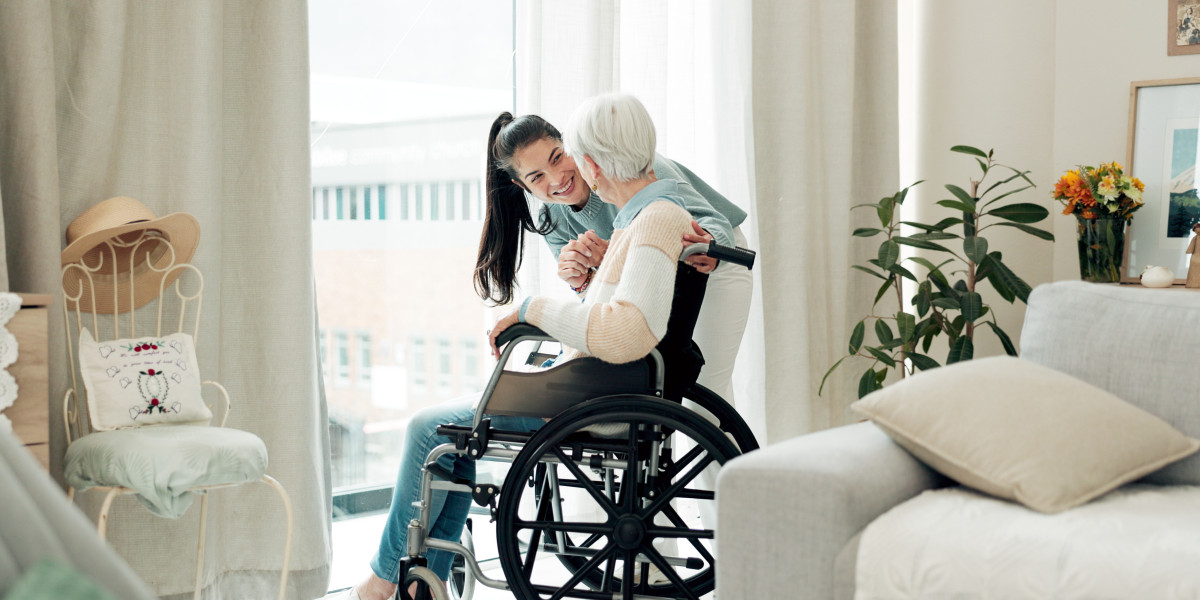Supported Independent Living (SIL) is a program designed to help individuals—particularly those with disabilities, age-related challenges, or special needs—live independently while receiving the support they require. The focus is on balancing autonomy with practical assistance, enabling individuals to manage daily tasks, develop life skills, and actively participate in their communities.
What Is Supported Independent Living?
Supported Independent Living provides personalized support tailored to each individual’s needs. This can include:
Personal Care: Assistance with bathing, dressing, grooming, and mobility.
Household Support: Help with cooking, cleaning, laundry, and home management.
Health and Medication Management: Ensuring proper medication intake and coordination with healthcare providers.
Community Participation: Support in accessing social, educational, and recreational activities.
Skill Development: Guidance in budgeting, meal planning, communication, and personal safety.
The aim of SIL is to foster independence without compromising safety and well-being, allowing individuals to make choices and maintain control over their daily lives.
Benefits of Supported Independent Living
Promotes Autonomy: Individuals gain confidence and control over their routines and decisions.
Enhances Quality of Life: Access to support improves physical, emotional, and social well-being.
Encourages Social Inclusion: Residents can engage in community activities, reducing isolation.
Flexible Support: Services are tailored and adjusted as needs change over time.
Skill Building: Individuals develop practical life skills that contribute to long-term independence.
Types of Supported Independent Living Arrangements
Shared Accommodation: Residents live with others and share responsibilities while receiving support.
Solo Living with Support: Individuals live independently with scheduled or on-demand assistance.
Host Family Arrangements: Individuals reside with trained families providing daily guidance and support.
Real-Life Examples
Programs like Choice N Control in South Australia demonstrate the impact of SIL. Their Lewiston facility expansion includes sensory gardens, a gym, and therapy areas, providing individuals with enhanced opportunities for engagement, skill development, and community participation.
How to Access Supported Independent Living Services
Assessment: Evaluate the individual’s needs, preferences, and goals.
Choosing a Provider: Select a registered SIL provider.
Developing a Support Plan: Create a personalized plan detailing the type and level of support.
Implementation and Review: Begin services and regularly review the plan to ensure it meets evolving needs.
Final Thoughts
Supported Independent Living is more than a service—it’s a pathway to autonomy, empowerment, and inclusion. By providing the right support at the right time, SIL enables individuals to live independently, develop essential life skills, and actively participate in their communities. It ensures that people can live with dignity, confidence, and choice.







